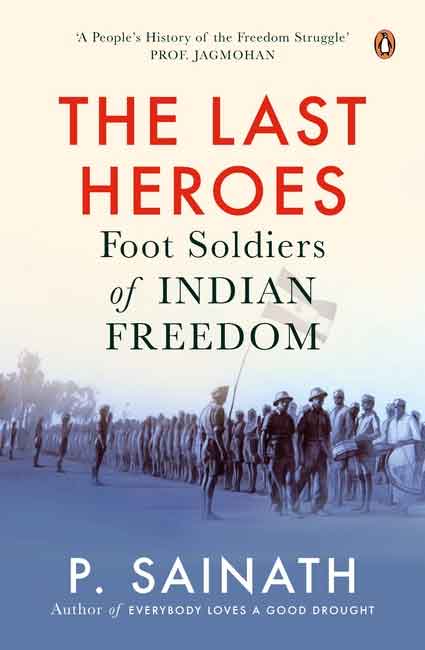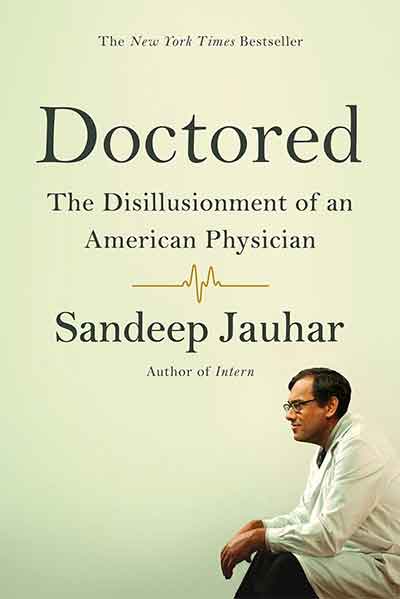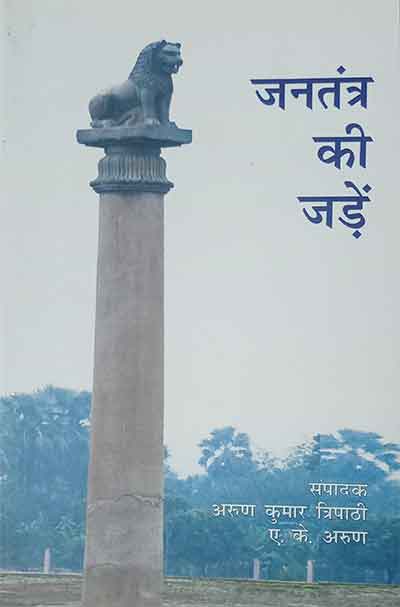Review of P. Sainath’s “The Last Heroes, Foot Soldiers of Indian Freedom”
One of the twentieth century’s signal moments happened in the summer of 1947. That summer, the population of the world’s second largest country gained Independence from British rule, after 190 years of plunder, murder, famine, and immiseration. A nation that in 1757 boasted 25% of the world’s economy was reduced to beggary- with less than 2.5% upon attaining “freedom.” The literacy rate was 12% and one the biggest crimes in history was about to play a cruel role in the lives of tens of millions during Partition. India’s goods and wealth fueled and funded the Industrial Revolution, Indians fought British wars, and tens of millions of Indians were killed in synthetic- market-driven and ideologically-motivated crimes. Given the theft and murder and for every other reason too, achieving Independence was a critical step for one-sixth of humanity.
 The Independence Movement itself is of great importance and interest. Breaking the back of the world’s most powerful empire was of course a multi-pronged effort, but it is in large part the result of the decades-long struggle of millions of freedom fighters, from all over India. We rightly laud the “big names” of Independence- Gandhi, Nehru, Patel, Azad, Bose, Naidu, Tilak- and the pantheon of giants who played an outsized role in the struggle, but in doing so we neglect the texture of the movement- the fine-grained and constant efforts of what we deem “ordinary” people. We elide with ease the contributions of those people who never grace the cover of books, have no institutions named after them, and who went largely unremembered in history.
The Independence Movement itself is of great importance and interest. Breaking the back of the world’s most powerful empire was of course a multi-pronged effort, but it is in large part the result of the decades-long struggle of millions of freedom fighters, from all over India. We rightly laud the “big names” of Independence- Gandhi, Nehru, Patel, Azad, Bose, Naidu, Tilak- and the pantheon of giants who played an outsized role in the struggle, but in doing so we neglect the texture of the movement- the fine-grained and constant efforts of what we deem “ordinary” people. We elide with ease the contributions of those people who never grace the cover of books, have no institutions named after them, and who went largely unremembered in history.
On that score, P Sainath’s “The Last Heroes: Foot Soldiers of Indian Freedom” comes as a salutary addition to the well-trodden narrative of Independence (a narrative being tortured and redacted as we speak). We learn of people like Demati Dei “Salihan, “ a 16 year-old Adivasi girl who led a counter-attack on British police who were cracking down on her village. She and 40 women lathi-charged the police and won a small victory for the people of India. Though no longer with us, she lived her life in wracking poverty and asked for nothing in return for her sacrifices. Sacrifices like hers have to be understood as critical and crucial to the Independence Movement. After all, what is a movement?
Great people indeed make history though not always in the context of their choosing. But greatness is too narrowly defined. We are soon to see the last freedom-fighters die, and with them the inspiring stories of one of history’s most profound eras. This movement took part across the length and breadth of India, in every hamlet and village, at every level, by people of all ages, across genders, and in every possible context. Were each of these people as great as the Mahatma or Panditji? The answer is irrelevant, but one thing is for sure– there is no Mahatma without the Demati Dei and no Demati Dei without the Mahatma.
There is no better person to bring these stories to light than P Sainath, who has spent his entire adult life in doing just that- helping the rest of us understand both the individual and the collective dynamics of the lives of real people. Whatever we may think we know, there is so much left to learn.

















































